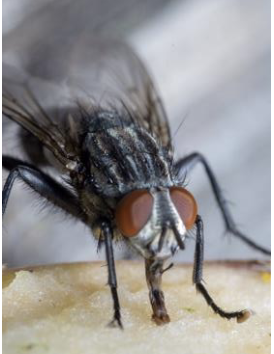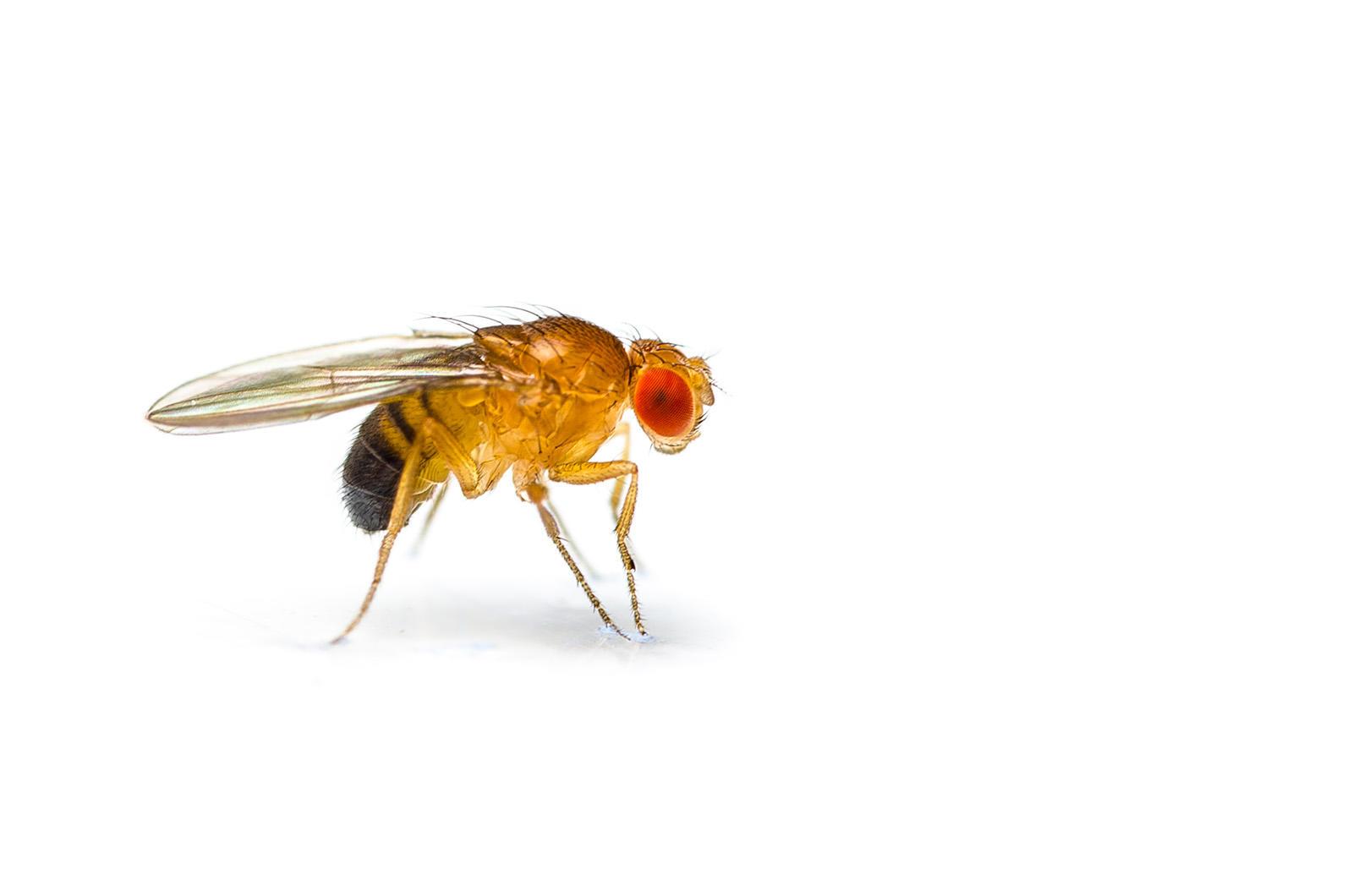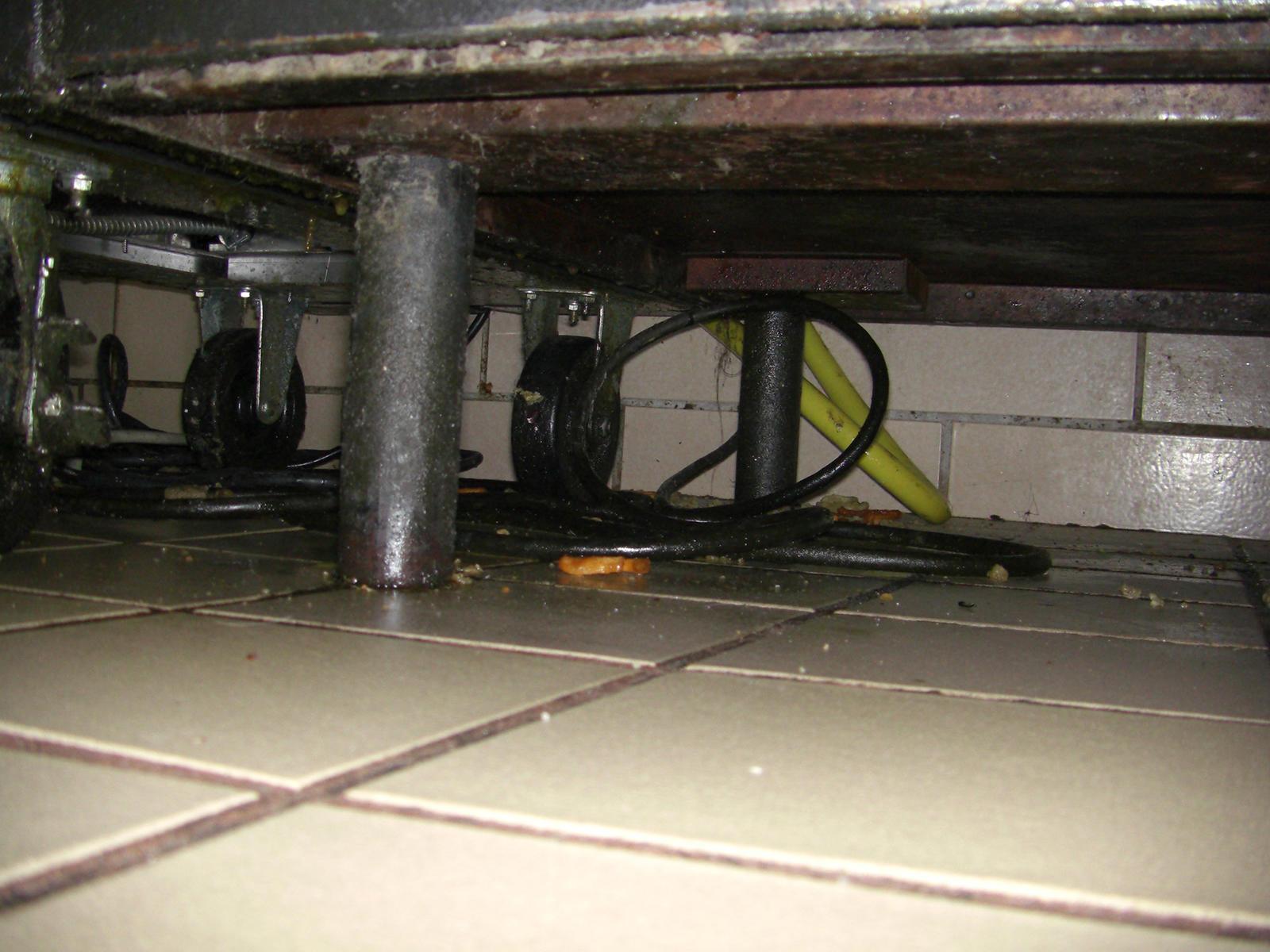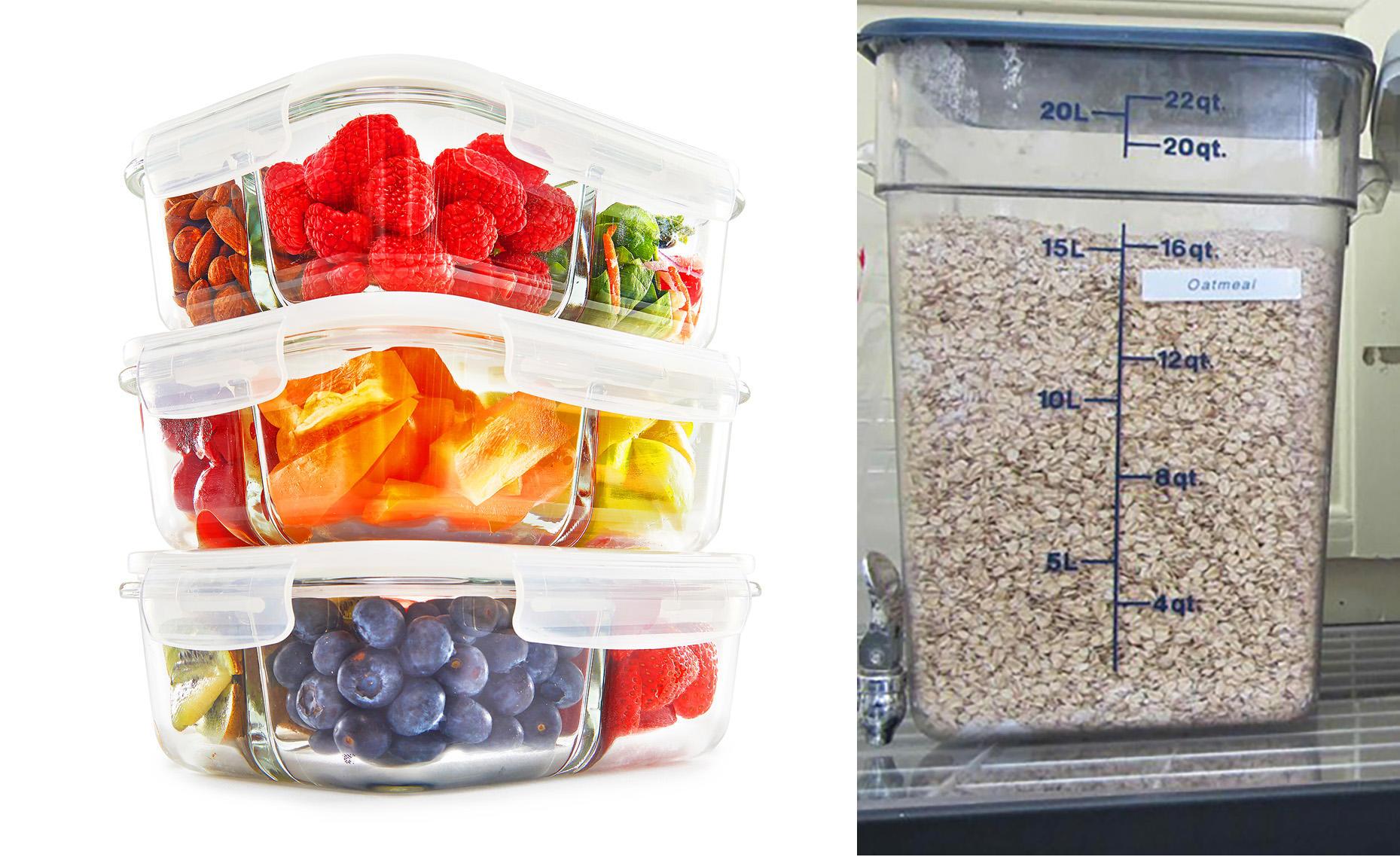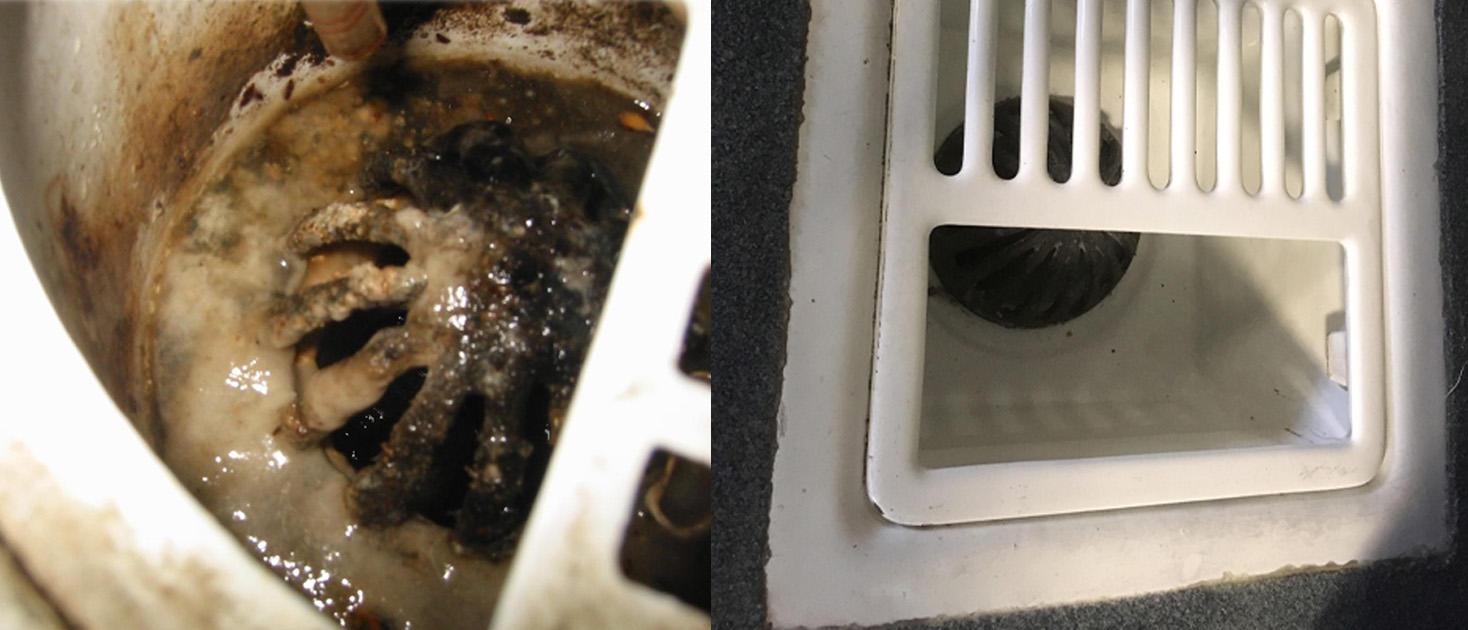This fact sheet is for school kitchen staff and other staff who service kitchens. It explains what causes house flies, drain flies and fruit flies to appear in kitchens and offers practical tips on prevention and management.
Flies in kitchens, food storage, service and eating areas aren’t just annoying pests. They can cause food contamination and are a health concern.
Key species include house flies, fruit flies and drain flies. Correct identification of flies is important because each fly species has different breeding sites and behaviors. These variations influence how you manage them.
The house fly is a key species. Their sponging mouthparts and “hairy” bodies can carry disease-causing germs from garbage and animal manure to food and food-preparation surfaces. Examples include bacteria like Escherichia coli, Salmonella and Shigella and viruses like hepatitis A.
House flies are ¼ inch long, or 6-8 mm. They are active during the day, periodically resting on walls, surfaces and floors depending upon their feeding status and environmental conditions. House flies move to the ceiling or vertical surfaces with lower light to rest for the night. They leave fly specks (spots of fecal matter and regurgitated stomach content) on surfaces they taste and rest on. House flies are active year-round indoors. Outside, house flies are active between 50oF (10oC) and 107oF (42oC).
Moth or drain flies are 1/8 inch, or 3 mm long. They are typically found around water. These small, gray flies have dark, “furry” bodies and wings held at angles from the body. The larvae develop in the film that builds up in drains, especially floor drains. In addition, they can be found in accumulations of organic-rich liquids in buckets or other containers. They seem to break down into fine dust if they are crushed. Finding and eliminating the organic matter where larvae are developing is the key to eliminating the flies.
Fruit flies (1/8” 3 mm long) have transparent wings held flat over their backs. Bright red eyes are a distinctive feature. Fruit flies can be a problem year-round but are especially common during late summer and fall.
Fruit flies are attracted to ripened and fermenting fruits and vegetables. As with drain flies, finding and eliminating the source in which the larvae are developing is the key to ending an infestation.
School kitchen staff experience challenges from adult flies entering from outdoors and from fly adults or immature stages being carried in on infested items. Flies can emerge from indoor places in which the conditions have supported the development of larvae (maggots) into adult flies. It is important to proactively manage both potential issues and identify flies found indoors using monitoring devices and traps.
Correct identification is important. This will indicate where the flies are most likely to have come from and what actions should be taken to manage them successfully. Report flies to your facilities manager or IPM coordinator immediately. Some species can reproduce quickly.
Managing Flies in School Kitchens
Managing flies in school kitchens includes reducing conditions that attract them and decreasing their ability to enter the kitchen.
Kitchen Staff
Be on the lookout for fly-friendly conditions indoors.
- Cover prepared food as soon as possible.
- Store all edible products in airtight containers or keep them refrigerated.
- Clean up spilled food or drinks promptly.
- Never store extra fruits and vegetables in places where they might be forgotten, like a corner section of a closet or pantry, since this could become a developmental site.
- Keep food preparation surfaces, kitchen appliances and equipment clean and free of food and grease debris.
- Clean floors from wall to wall. Scrub under equipment and even the hard-to-reach corners.
- Keep trash cans and recycling bins clean inside and out and empty daily.
- Proactively maintain floor drains and sink drains. Keep them free of organic matter buildup.
Custodial and Maintenance Staff
Be on the lookout for potential opportunities that flies could exploit before they become a problem:
- Keep dumpsters and dumpster areas as clean and debris-free as possible. Close lids and slide doors at the end of each day. Ensure the dumpster capacity is sufficient to contain a week of operational waste. Avoid larger capacity receptacles that are emptied less often. Make sure dumpsters are located on a finished surface away from building entryways
- Keep mops, brushes, buckets and dustpans clean. Store them in a place where they can dry rapidly.
- Rinse all cans, bottles and plastic containers before recycling or discarding them.
- Repair floor cracks and damaged tiles, plumbing leaks and dripping faucets.
- Clean condensate lines and trays associated with refrigerators and icemakers.
- Seal openings into buildings. Make sure windows and doorways close snugly. Use screens on windows.
- Avoid electrocution traps in favor of UV light traps with sticky capture boards.
Also, check for the following:
- Infested drains hidden under fixed equipment, floor sinks and dishwater areas.
- Infested areas with a buildup of wet organic matter underneath trash can liners or equipment.
- Infested moist and dirty mops and cleaning tools.
- Spills inside soda dispenser drip trays.
- Uncapped plumbing pipes in dropped ceiling or wall voids.
- Loose and cracked tiles.
What Everyone Should Know
- The smaller fly species that infest kitchens include drain flies, fruit flies, phorid flies and fungus gnats. Most larger fly species — such as house flies, blow flies and flesh flies — invade from outdoor areas. However, if outdoor flies find moist organic matter buildup or decaying rodent carcasses indoors or in wall voids, they can reproduce inside.
- Most outdoor fly species peak during the warmer months of the year.
- Insecticide applications are rarely successful in eliminating indoor fly infestations. The key lies in resolving any conducive conditions in kitchens where flies are developing.
- Flies reproducing indoors may be emerging from cryptic locations which are not always immediately obvious.
For more information, see the PNW Extension publication Integrated Pest Management for Flies in Schools publication.
